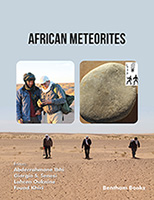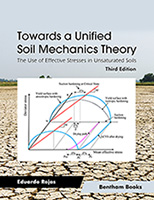Foreword
Do you live or work in a county with indoor radon levels potentially equal to or above the Environmental Protection Agency’s (EPA) action level? Do your children go to school or play in areas where radon is a potential problem? Do you know the EPA has a suggested action level for indoor radon (4 pCi/L)? Do you know that EPA and the Surgeon General’s office estimate radon is responsible for approximately 21,000 lung cancer deaths each year in the United States?
Not until recently did I become aware of the potential health risks associated with exposure to indoor radon. This awareness occurred after living in metropolitan Atlanta, an area where EPA predicts a high potential for indoor radon, for more than seventeen years. More surprising is during this time I completed my Master of Public Health degree in epidemiology and began my career as an epidemiologist with the Centers for Disease Control and Prevention. Not once did I read, hear, or see an announcement warning me of this potential risk.
When I learned of indoor radon, I began to explore the available epidemiologic literature to understand the adverse health effects associated with such exposure. Similarly, I immersed myself in literature describing the environmental and geological factors influencing potential exposure to radon. This background research led me to initiate a special study, currently underway, to understand our children’s potential risk from radon exposure at school. As a part of this process, I became aware of Dr. Kumar’s work.
Dr. Kumar’s extensive work on the comprehensive homes database maintained by The University of Toledo provides a unique opportunity to learn about the risk associated with residential radon in Ohio. Dr. Kumar, along with his colleagues and students are conducting trailblazing research. This work enhances our understanding of radon in Ohio and is invaluable to our understanding of indoor radon risk across the nation. This work forms the backbone of my radon in schools project.
Assessment and Mitigation of Indoor Radon Problem: A Case Book for Radon Professionals provides the first comprehensive discussion of indoor radon exposure and mitigation systems. The authors do an excellent job describing radon in the environment and explaining how radon becomes a residential problem. Ohio is currently the only state in the country to have this detailed description of radon exposure by county and zip code. Additionally, the evaluation of mitigation systems in Chapter 4 presents compelling evidence in support of specific radon mitigation systems.
According to the EPA’s map of radon zones, 34% of all US counties have the potential for indoor radon levels greater than or equal to the action level. The EPA notes that homes with elevated levels of radon have been found in all three zones. The EPA further states that all homes should be tested regardless of geographic location. The work I am currently undertaking and the work of other radon researchers highlight indoor radon issues in buildings located in counties designated as low risk. The widespread occurrence of radon coupled with the World Health Organization’s 2009 announcement to reduce the action level for indoor radon to 2.7pCi/L behooves us to increase awareness and promote action to reduce risk. Assessment and Mitigation of Indoor Radon Problem: A Case Book for Radon Professionals should inspire continued research in all radon risk zones with the goal of defining indoor radon potential at the zip code level, or by other levels of greater geographic detail, for all states. This will lead the way to developing active surveillance programs for radon detection in private and public buildings as a standard public health practice in our country and globally.
We can do more to ensure greater awareness of the potential risk of radon in our homes and schools. This book will motivate action toward this goal.
Stephanie L. Foster
Lead Spatial Epidemiologist
Geospatial Research, Analysis, and Services Program
Agency for Toxic Substances and Disease Registry-
Centers for Disease Control and Prevention
Atlanta, USA





